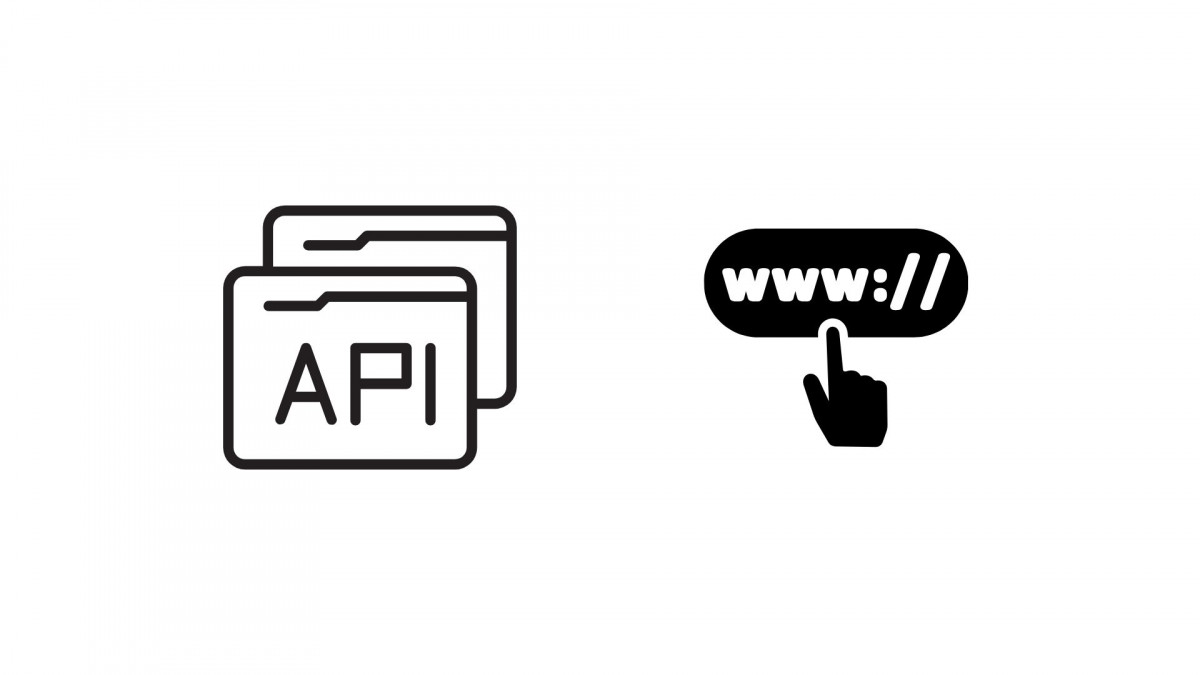The Social Media Data Scraping API has become a potent tool in the modern digital era for obtaining and utilizing insightful data from a variety of social media networks. This thorough guide covers its definition, fundamental operations, applications in analytics and digital marketing, and the crucial significance of putting best practices into effect to guarantee moral compliance and improve data quality.
Understanding The Social Media Data Scraping API
The Social Media Data Scraping API is a programmable interface designed to automate the extraction of social media data from platforms like Facebook, Twitter, Instagram, and LinkedIn. It facilitates the retrieval of diverse information including social media links, user-generated content, engagement metrics, and more, allowing businesses to gain actionable insights into consumer behavior and market trends.
Businesses utilize the API to bolster their digital marketing strategies and enhance data-driven analytics. By extracting real-time data on consumer sentiments, competitor activities, and content performance, marketers can refine their campaigns, optimize ad targeting, and improve overall brand engagement.
Importance of Best Practices
Implementing best practices when using the Social Media Data Scraping API is crucial to navigating ethical considerations and mitigating legal risks. Upholding data privacy standards, ensuring compliance with platform policies, and adopting secure data handling practices are paramount to maintaining trust and reliability.
Before integrating the API into your applications, several key considerations must be addressed to ensure regulatory compliance and optimal performance. Adhere to data protection laws governing the collection, processing, and storage of personal information. Obtain explicit consent from users before scraping their data and clearly define how the data will be used.
Select API providers with established reputations for reliability and compliance with industry standards. To optimize the use of the Social Media Data Scraping API and mitigate operational risks, adhere to these best practices throughout the development and deployment phases. Abide by platform-specific limits on API calls and implement rate limiting to prevent overloading servers. Familiarize yourself with and adhere to platform terms to avoid suspension or termination of API access.
Klazify
You can use this API to verify whether a domain is parked or up for sale. Similar to an “under construction” domain that is “parked” and idle, a parked domain is idle. On the other hand, some parked domains could display dubious adverts or lead visitors to potentially dangerous third-party websites.
Based on the category and target market of a particular URL, you can receive a list of domains that are prospective competitors and comparable domains with only one API request. Additionally, submit a CSV file to be enhanced with Klazify data that contains URLs or email addresses. Development skills are not necessary. Just choose the endpoint to use and upload your file. They provide three options for top-level category architectures. We can supply you with either a more straightforward category structure or the rich classification offered by the IAB taxonomy.
Use this API to access important company data. Get up-to-date firm details such as name, address, size, funding, and industry classifications. The Website Categorization API scans a website’s meta tags and content using a machine learning (ML) engine. With the use of natural language processing (NLP), it extracts content to categorize the website and assigns up to three categories.
If you want to get complete company profiles by entering the Domain or Email as the input, this Social Media Data Scraping API will make your job easier!


